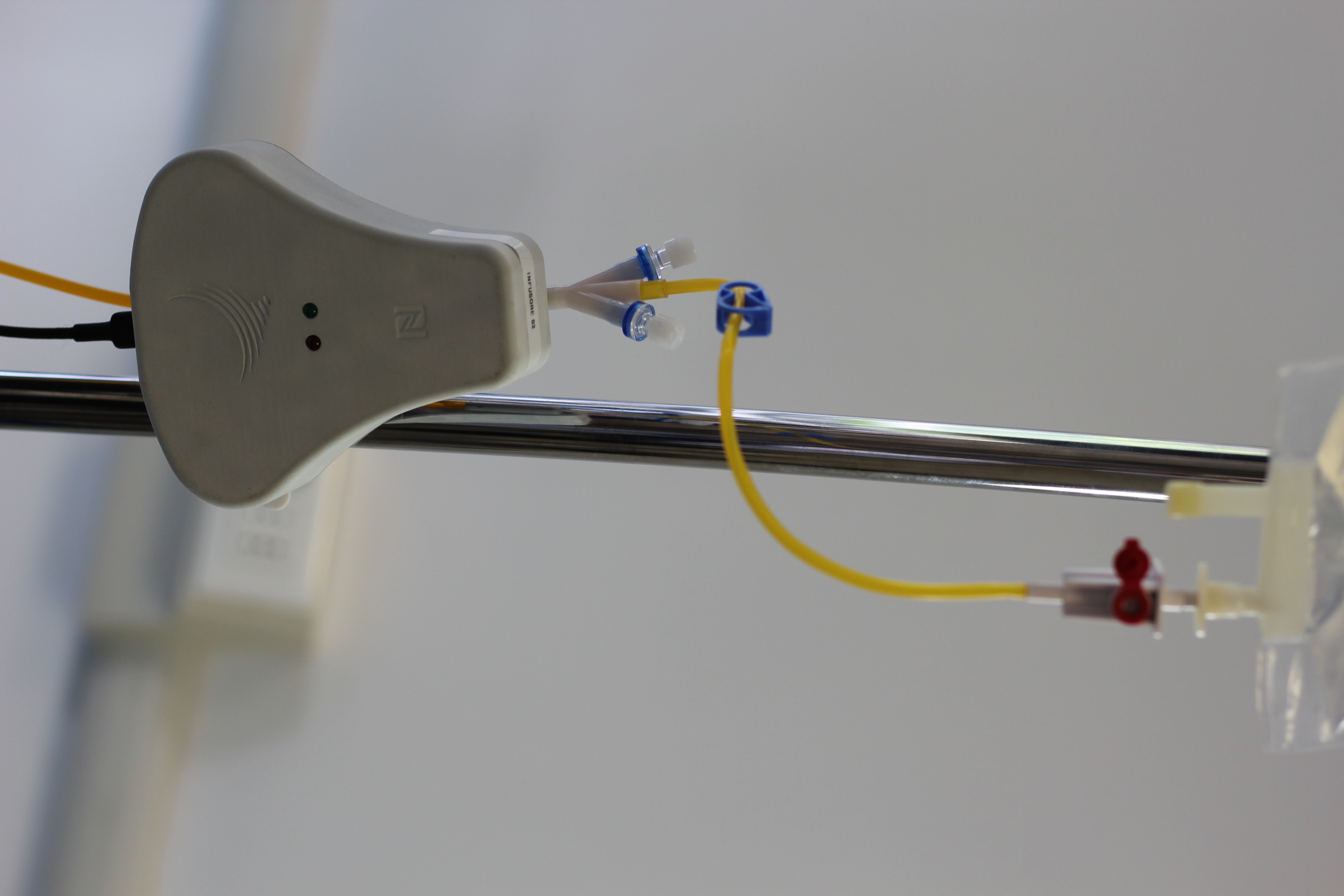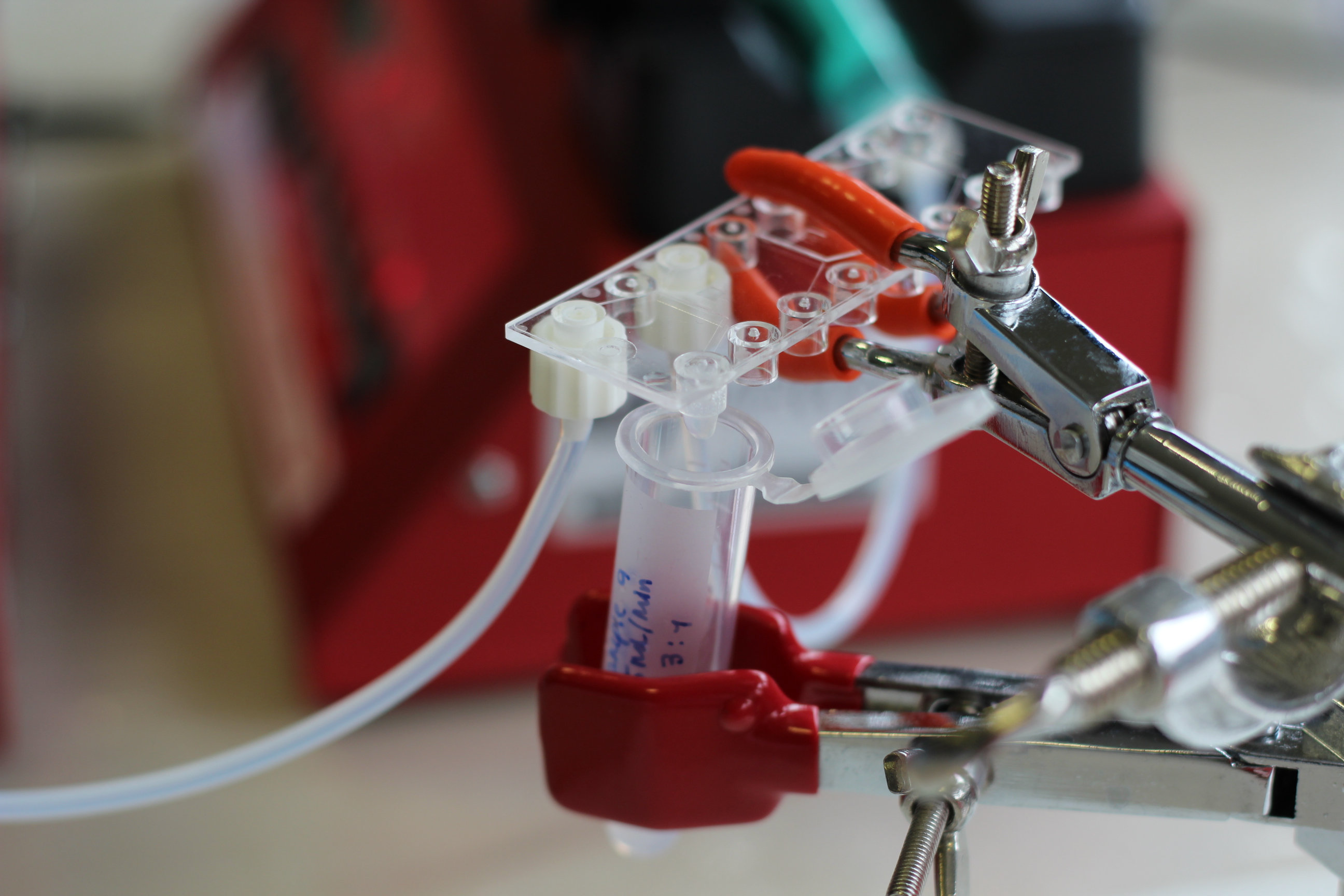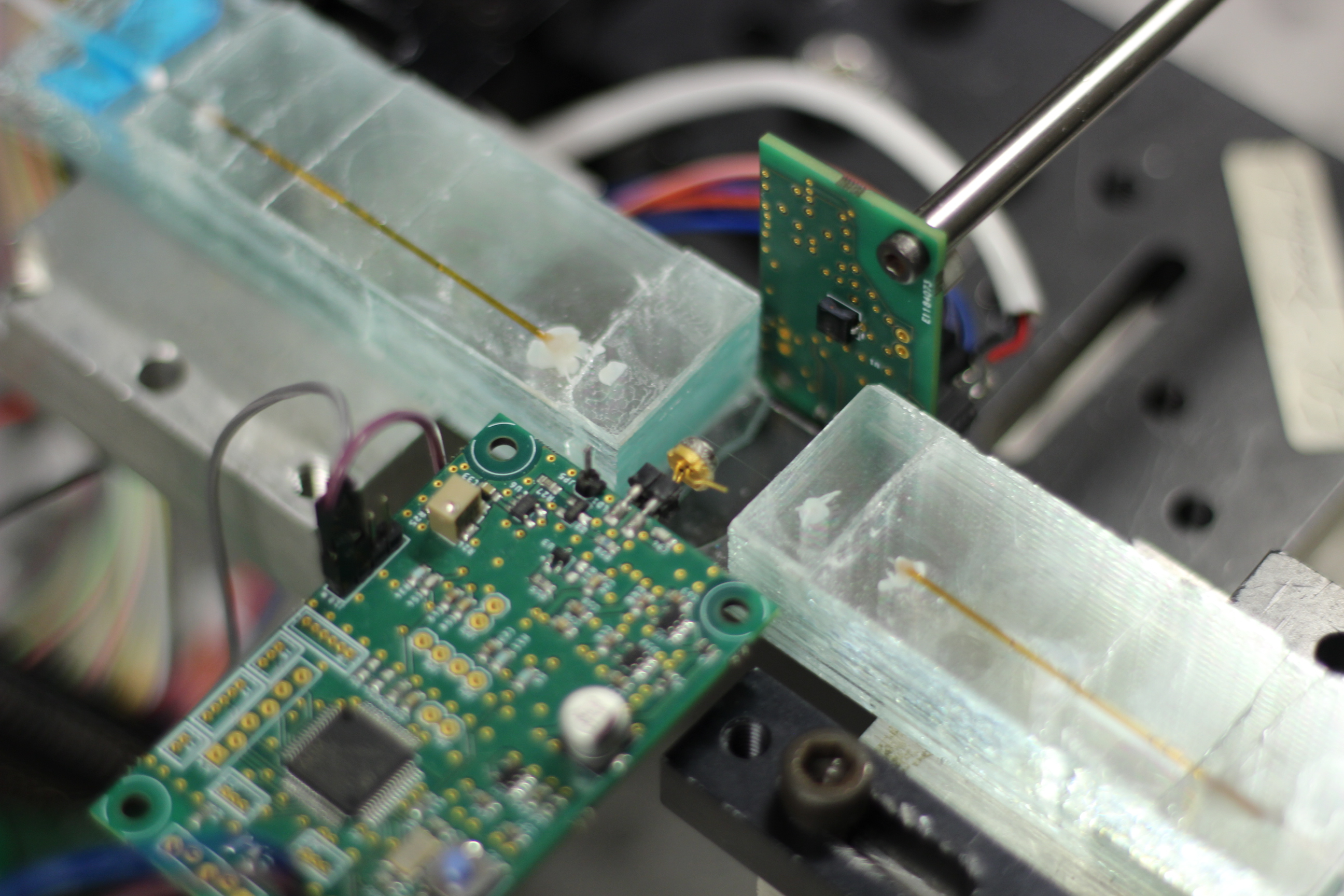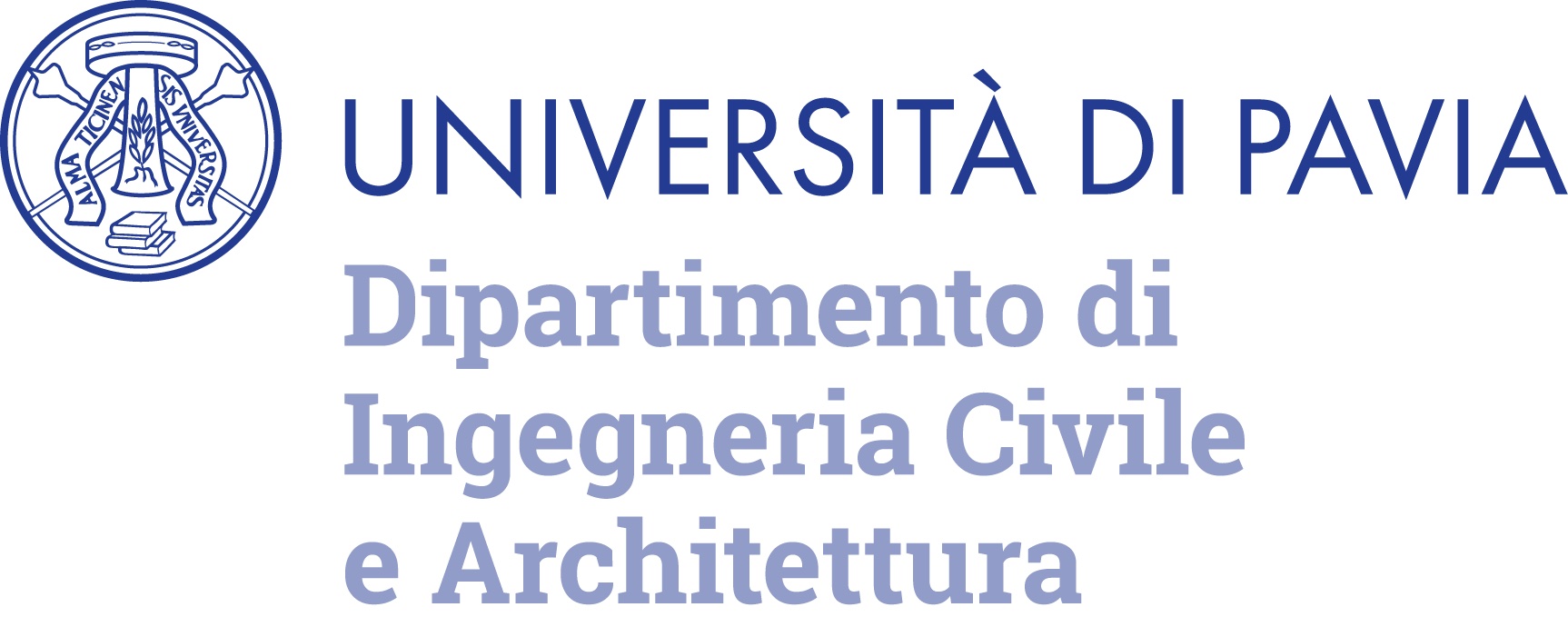ACTIVITIES
INDUSTRIAL DEVELOPMENTS
Digital Infusion Controller
The digital infusion controller aims at improving the precision of intravenous infusions by having a constant remote monitoring of the therapy. The device features novel hardware based on a smart-pinch valve that makes it cheap, durable and silent, therefore improving patient comfort and reducing the workload of the nurses. For more information visit the dedicated link.


Home Enteral Nutrition
We are currently developing an infusion device for home enteral nutrition that will give patients a more comfortable treatment. The new concept created at DSFC² aims at reducing the bulk of the fluid bag and the pump, so as to make it easier to use and transport. Furthermore, a dedicated monitoring app will increase patients’ compliance to the treatment and help troubleshoot most of the common problems without the need of a caregiver. For more information visit the dedicated link.
Outpatient IV Chemotherapy
Our development within DSFC² aims at creating a small infusion pump with built-in sensors that can continuously monitor the therapy during drug delivery at a low cost. The goal is to substitute current outpatient chemotherapy devices that deliver a continuous intravenous infusion, usually composed by an elastic membrane that delivers a continuous flow for several days in the patient’s bloodstream. Current technology lacks monitoring by the treating physician and many times fails at delivering the drug with a precise rate. For more information visit the dedicated link.
Intensive Care Infusion System
Intensive Care Units are characterized by the simultaneous use of 5+ infusion pumps per patient. They do not only add complexity to the treatment but also require a huge effort from the caregivers. We are currently developing a miniaturized device based on the digital infusion controller that will control several IV infusions pumps and will provide real-time remote monitoring, thus reducing the workload of the nurse. For more information visit the dedicated link.
RESEARCH
Drug Production with Microfluidics Devices
The pharmaceutical industry has been moving from batch production of drugs and vaccines towards more controlled fluidics processes, which often include the mixing/emulsion of components through microfluidics channels. In DSFC² we are exploring the use of infusion pumps together with the production of 3D printed microchannels in order to deliver solution-specific devices to produce pharmaceutical products.

Analyte Detection Using Magnetic Nanoparticles
The use of nanoparticles have demonstrated great results as identifiers of chemical compounds in blood and urine when they are conjugated with antibodies in their surface. The reaction takes place by identifying a particular antigen through the activation the antibody/antigen compound. This activity aims at exploiting the aggregation capacity of magnetic nanoparticles in order to detect the concentration of analytes in a fluid liquid solution even in for very small analytes and concentrations. The system is based in the self-mixing technique by measuring the light scattering of the fluid using a laser and a photodiode.

Non-invasive Detection of Fluid Composition
Identifying the characteristics of the running fluid in infusion therapies is of utmost importance in both the production and the delivery phase of the liquid. We are currently developing a noninvasive, in-flow system, based on measuring the refractive index of the substances in order to discriminate among components.
3D Printing and Testing of Photochemical Reactors
The rapid prototyping technology has penetrated many industries, one of them being the production of chemicals using light-induced reactions (or photochemistry). We are currently developing a series of 3D printed photoreactors in order to improve the efficiency of chemical reactions, mostly used in developing biomedical compounds.


